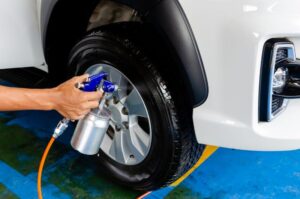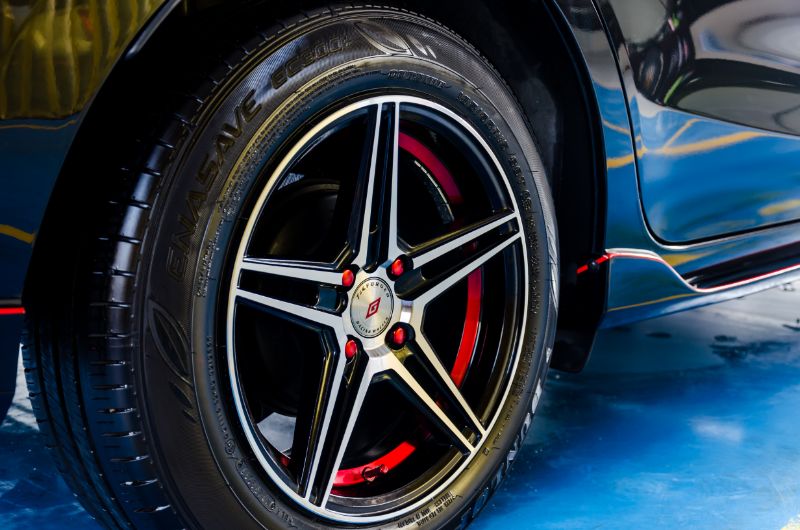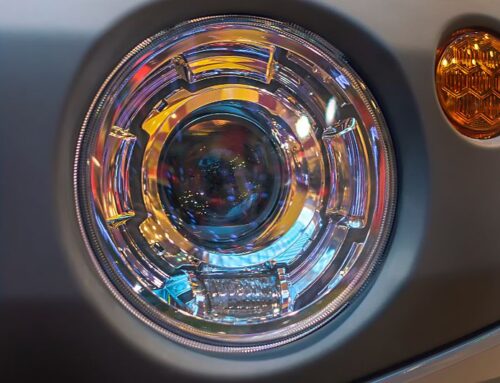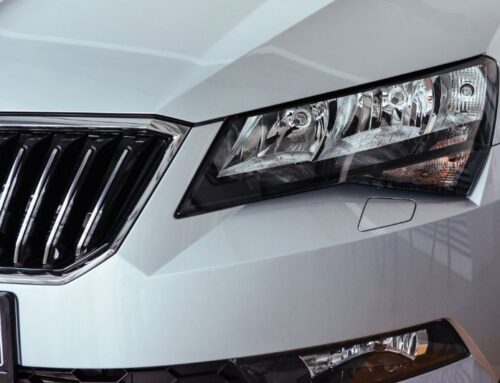If you’ve had an accident that caused a deep scratch on your alloy wheel, there are several ways to repair the damage. These methods include applying metallic spray paint to the scratched area, using fillers, and applying a diamond-cut alloy wheel finish. If these options don’t work, you can always take the wheel to a mechanic.
Repairing deep scratches on alloy wheels
If you have deep scratches on your alloy wheels, the good news is that there are several repair options available. While minor damage is likely to be easily fixed at home, more severe damage may require a professional. In some cases, your comprehensive car insurance coverage will cover the cost of a repair.
First, you should choose a repair option that is safe and effective. Many alloy wheel repair options use specialist equipment and procedures. It is also important to check the quality of repairs. Some DIY wheel repair kits may be effective but they may not be safe and can lead to further damage. Also, the process may not be complete if you don’t have the necessary tools.
Another option is to buy an alloy wheel repair kit. You can get these in stores and online. These kits usually contain a step-by-step guide and instructions for drying and curing the repair. The first step in an alloy wheel repair kit is to clean the wheel and remove any contaminants. Next, use a finer sandpaper to clean the damaged area. After cleaning, use an alcoholic wipe to remove dust from the damaged area.
Applying metallic spray paint to damaged area
 If you have deep scratches on your alloy wheels, you should be able to use metallic spray paint to cover them. Firstly, you need to prepare the scratch area by using paint rubbing or cutting compound. This is usually abrasive and should be applied to the scratch in circular motion. Once it is dry, apply another coat of paint. Make sure that the layer of paint is not thicker than the surrounding surface or it will bubble up and peel off. Afterwards, you must carefully wax and polish the surface to restore the shine.
If you have deep scratches on your alloy wheels, you should be able to use metallic spray paint to cover them. Firstly, you need to prepare the scratch area by using paint rubbing or cutting compound. This is usually abrasive and should be applied to the scratch in circular motion. Once it is dry, apply another coat of paint. Make sure that the layer of paint is not thicker than the surrounding surface or it will bubble up and peel off. Afterwards, you must carefully wax and polish the surface to restore the shine.
Once you’ve prepared the area, you can then apply the metallic spray paint. This will help to make the surface of your wheels look more even. Remember to use three light coats. It is important to let each coat dry completely before applying another.
Using fillers
Using fillers to fix deep scratches on your alloy wheels is a simple and inexpensive way to restore their beauty. These products are easy to mix and apply, and once they’re dry, they can be sanded smooth. Fillers contain real aluminium, which creates a durable repair. After the repair is complete, you can paint the alloy wheels again.
Before you can apply the fillers, it’s important to prepare the wheel thoroughly. First, you’ll need to remove minor gouges. You’ll also need to use an 80-grit paper. Next, you’ll need to clean the wheel using a degreaser. You can also use acetone to give the wheel one last wipe. Once the wheel has been cleaned, you’ll need to apply the epoxy filler using a small plastic applicator.
After applying the fillers, the wheel will be polished and left looking new. The process usually takes a few hours. For deeper scratches, however, you may need to remove the wheel. In this case, you can purchase a wheel for less than PS25. The process is quick and easy and can prevent further damage. The alloy wheel repair can also solve safety issues related to uneven road conditions or tyre pressure.
Using diamond-cut alloy wheel finish
If you’ve suffered deep scratches on your car’s wheels, there are a few things you can do. The most common is to use a diamond-cut alloy wheel finish. However, there are some specific steps you need to take to keep the finish looking like new. You can also apply a ceramic coating to the wheel to reduce the risk of corrosion.
Before you attempt to repair deep scratches on a diamond-cut alloy wheel, you should first determine if the wheel is suitable for diamond cut finishes. Not all alloy wheels are suitable for this finish, and the shape of the face may not be suitable. Additionally, diamond-cut wheels are more expensive than regular powder-coated wheels and may require several repairs.
Another thing you should remember is that diamond-cut wheels are very susceptible to corrosion. This is because small stone chips allow water to penetrate the lacquer and cause it to deteriorate over time. Once this happens, the lacquer looks milky white and the damage spreads quickly across the face of the wheel. If the damage is too severe, it may be necessary to refurb the wheel.





